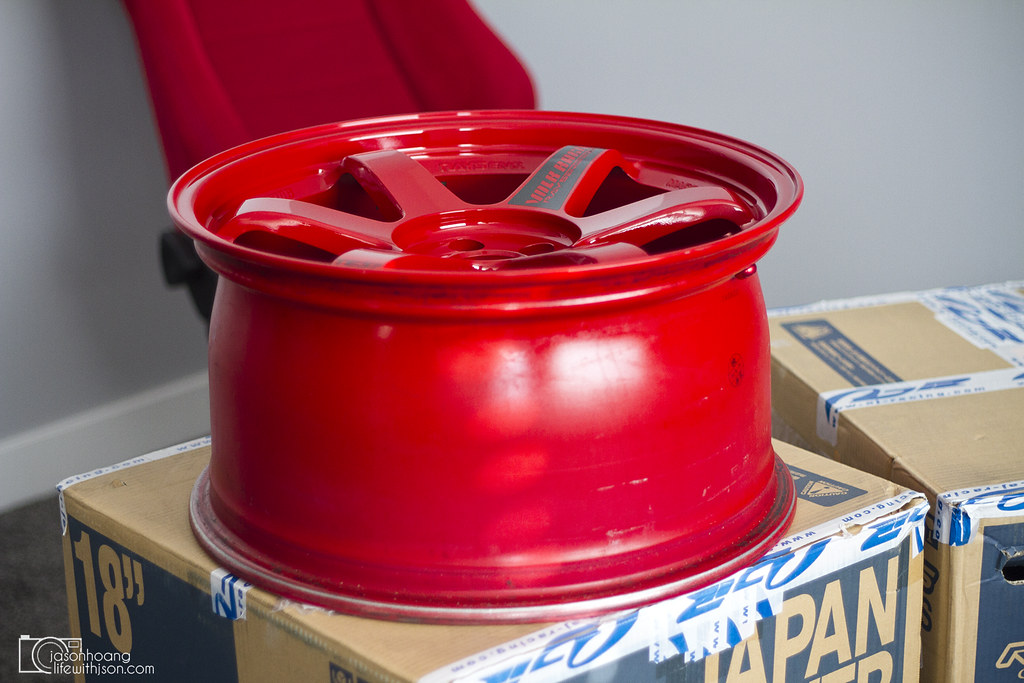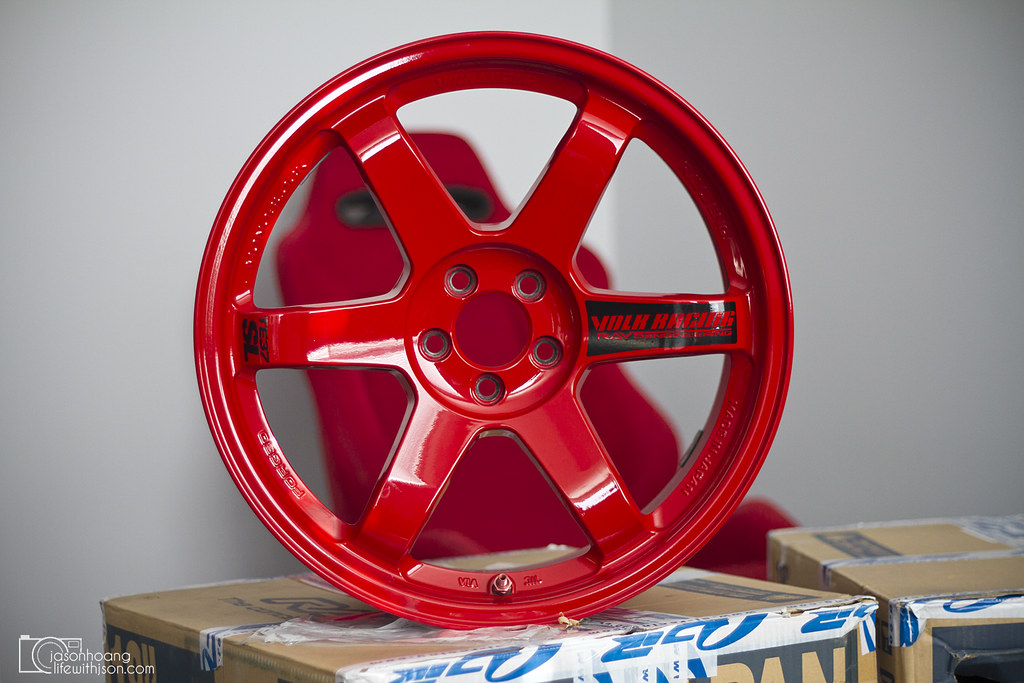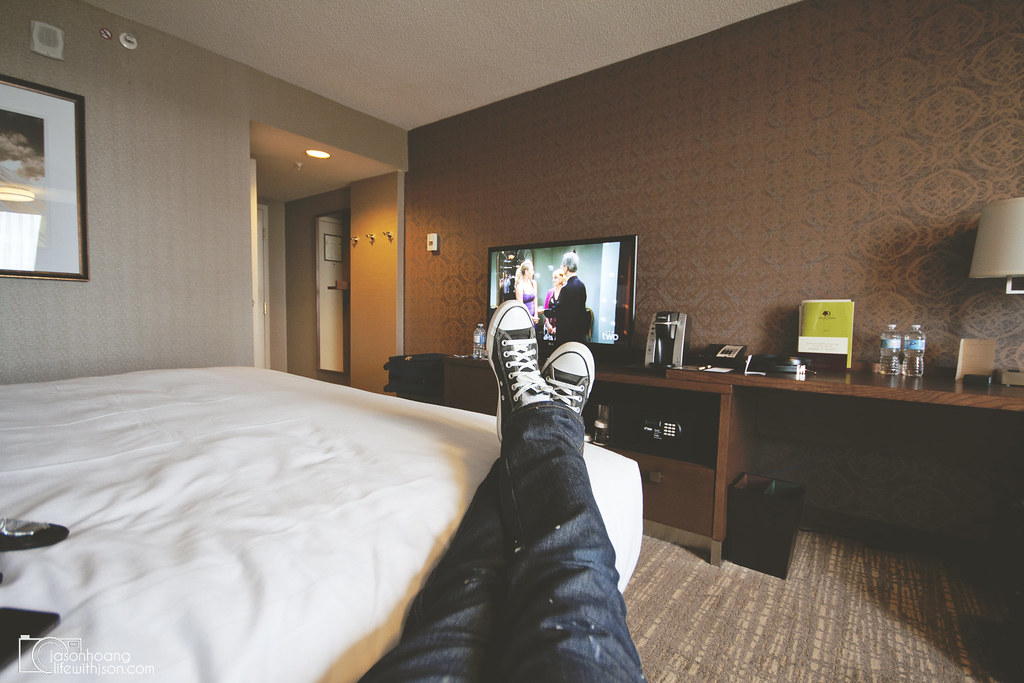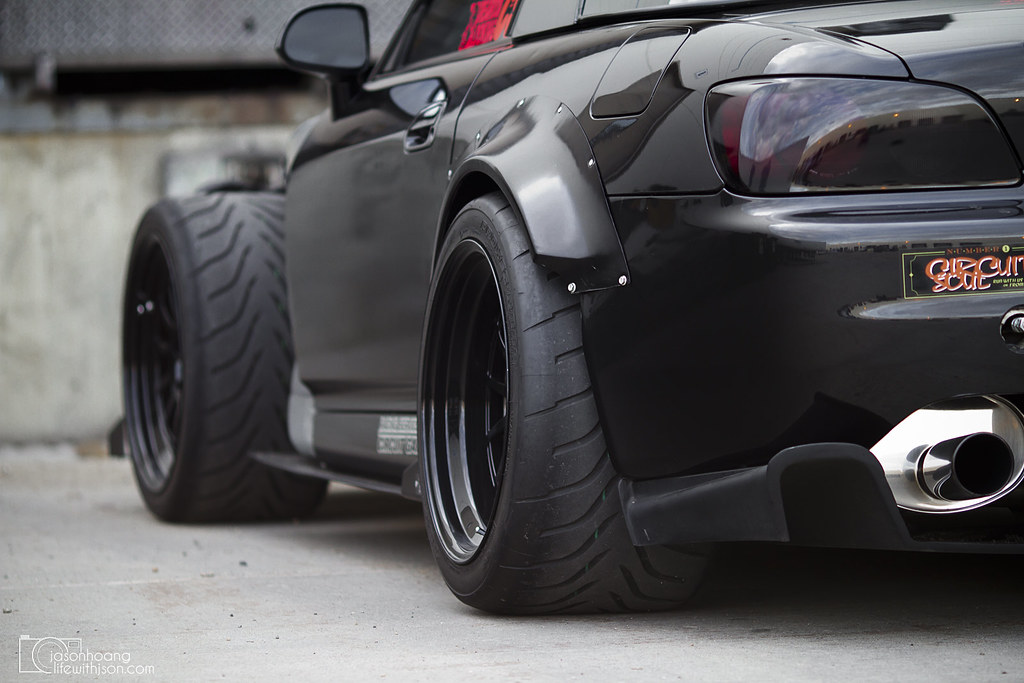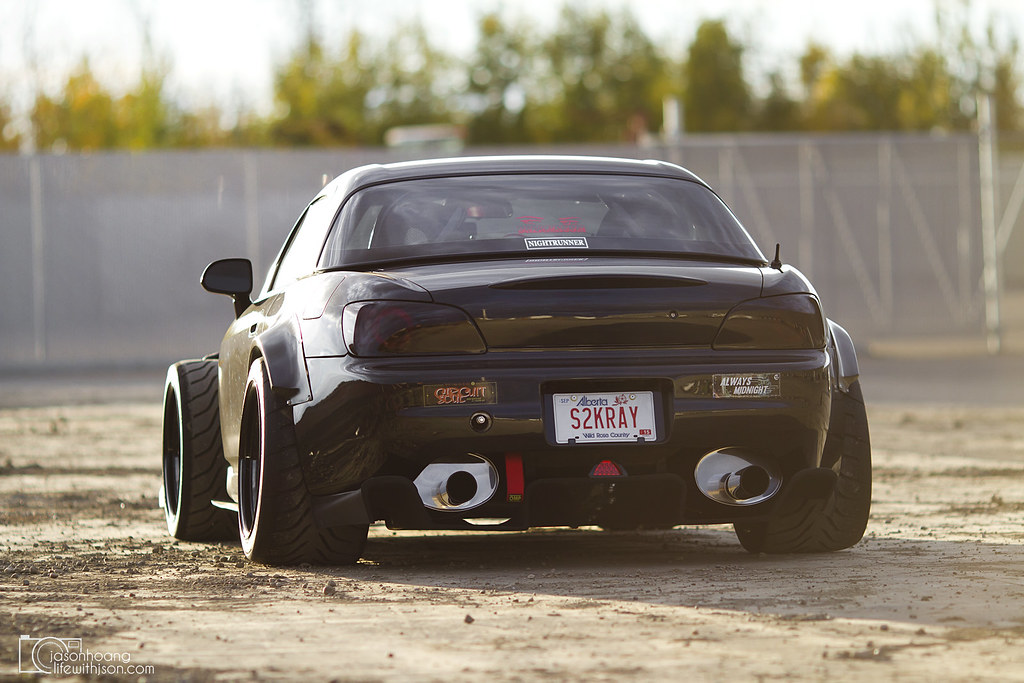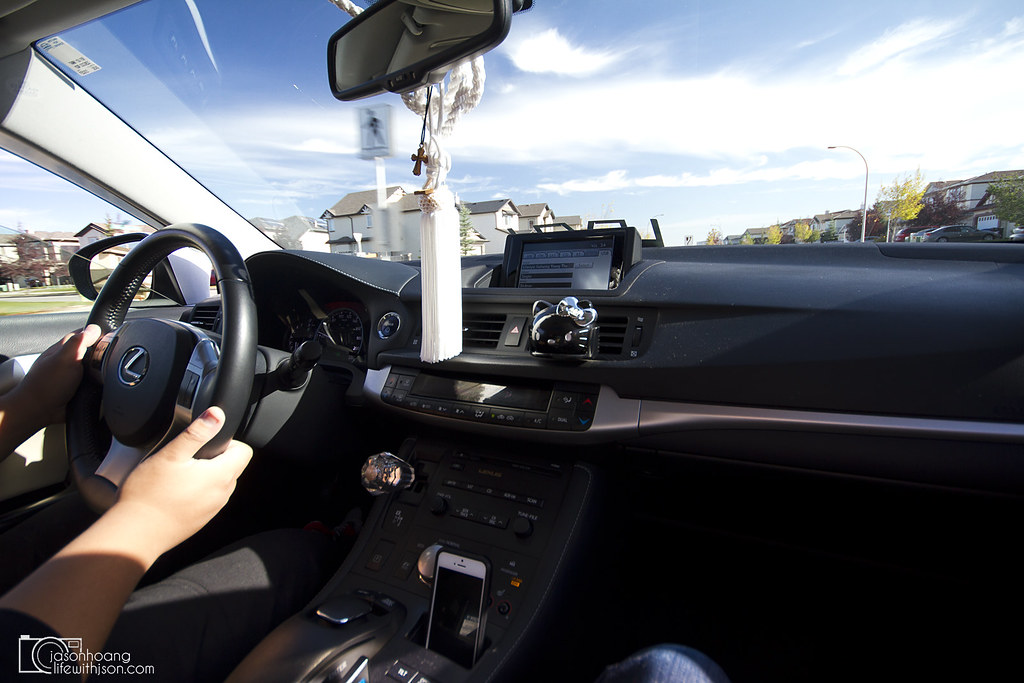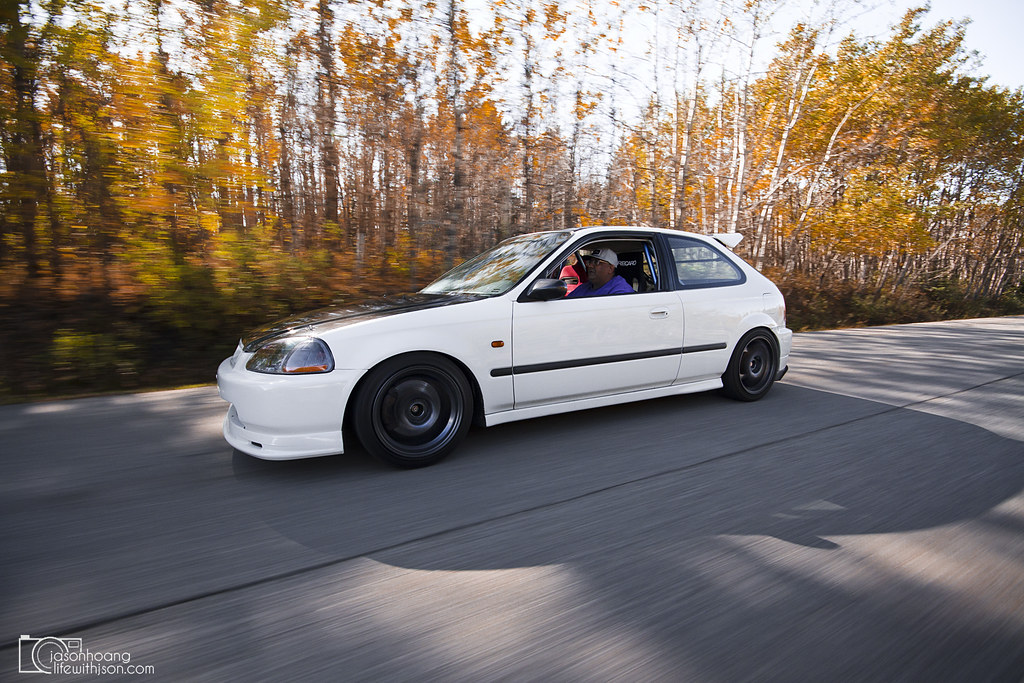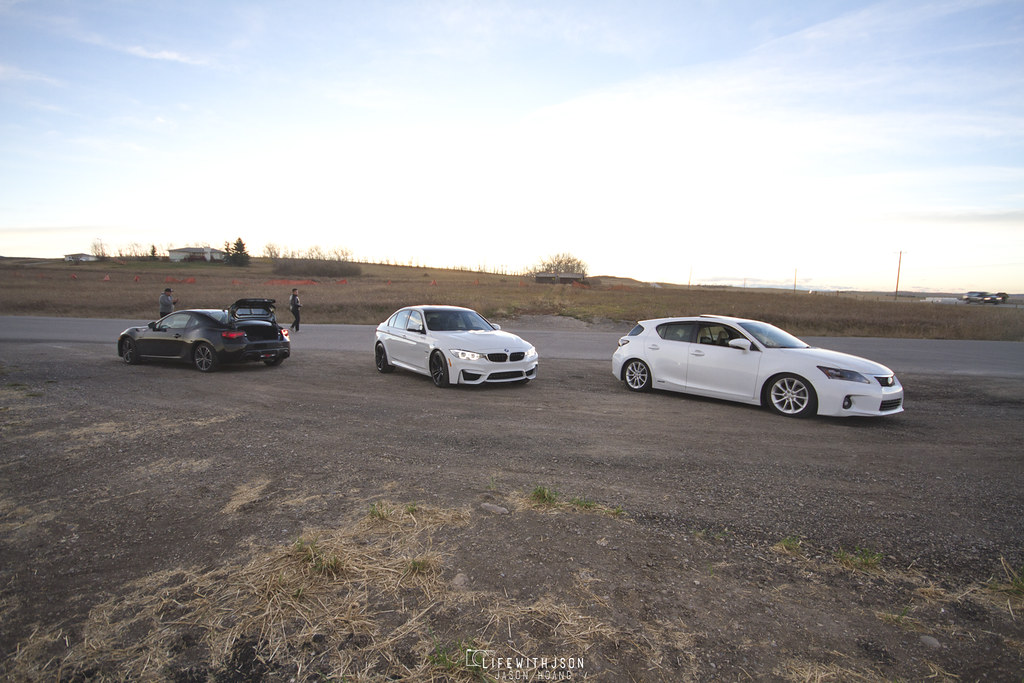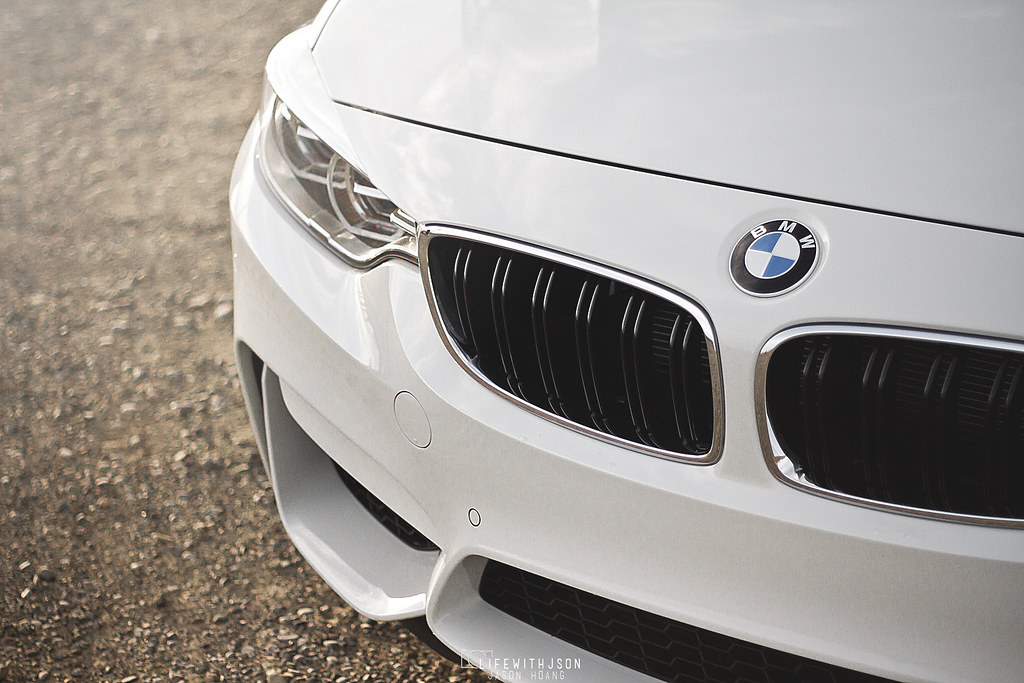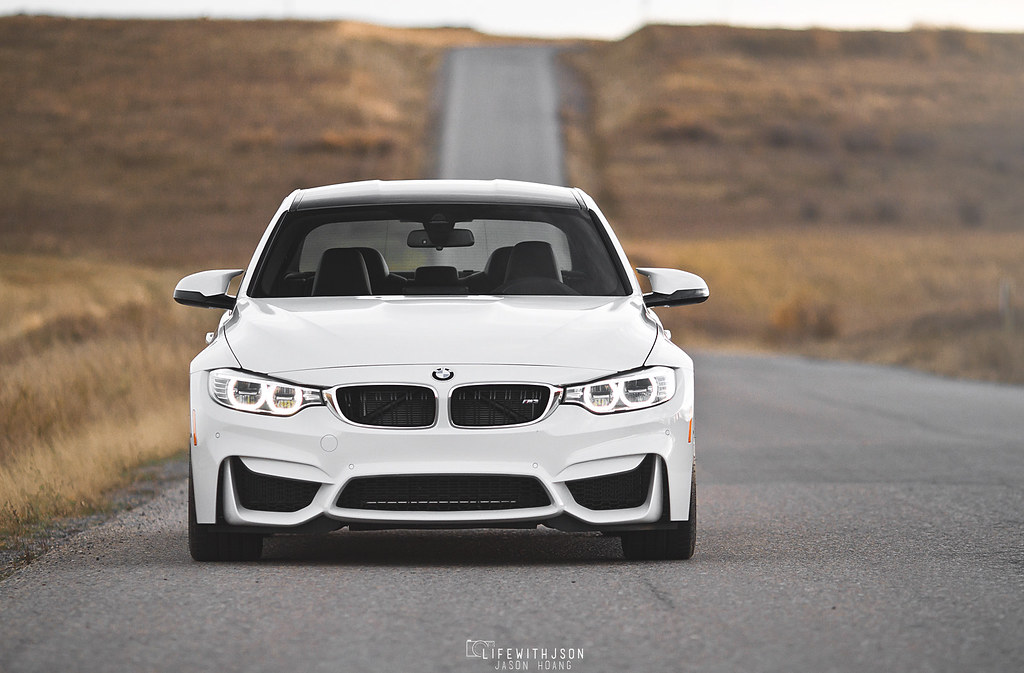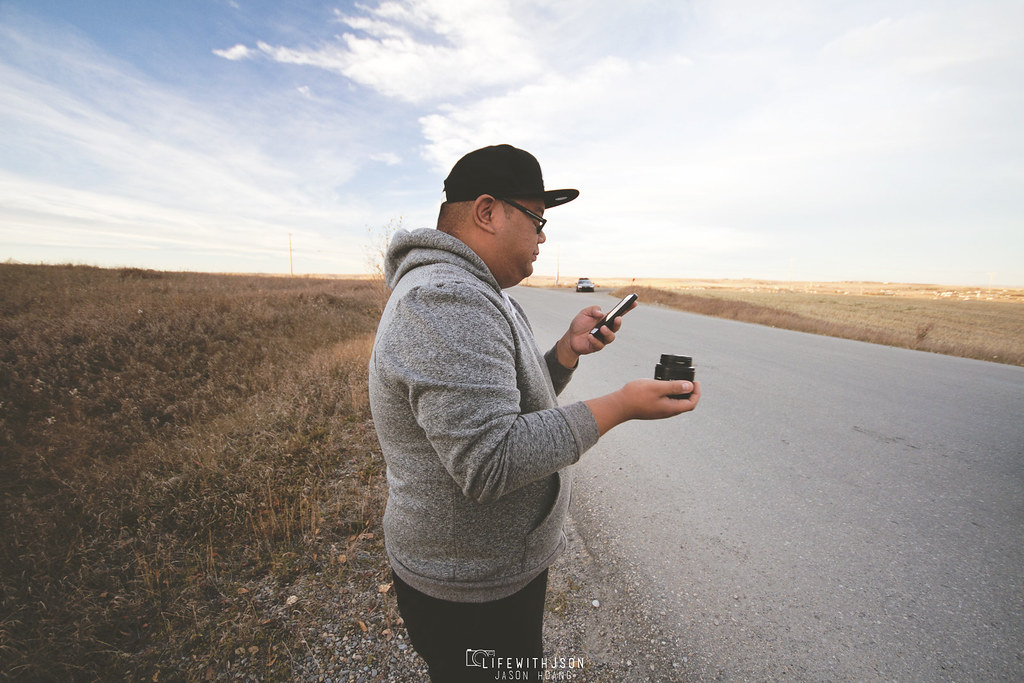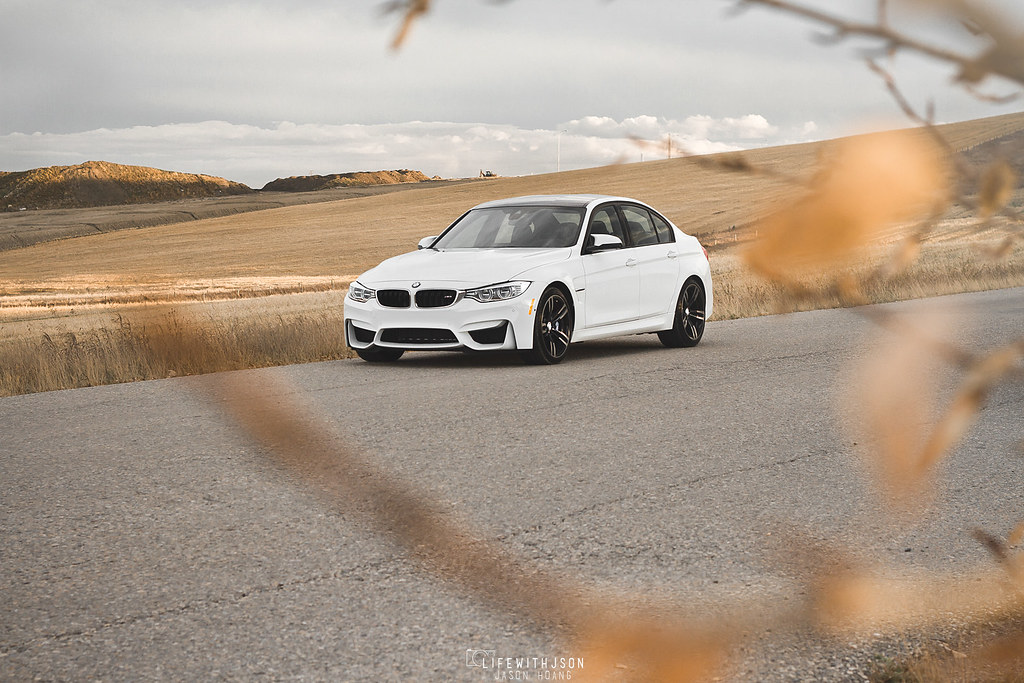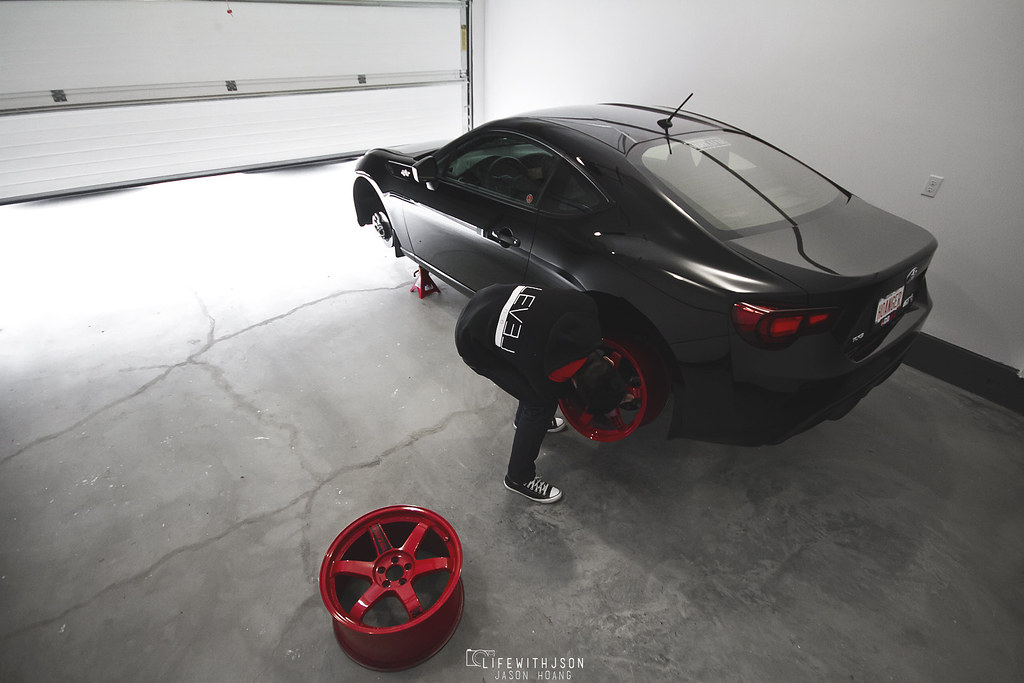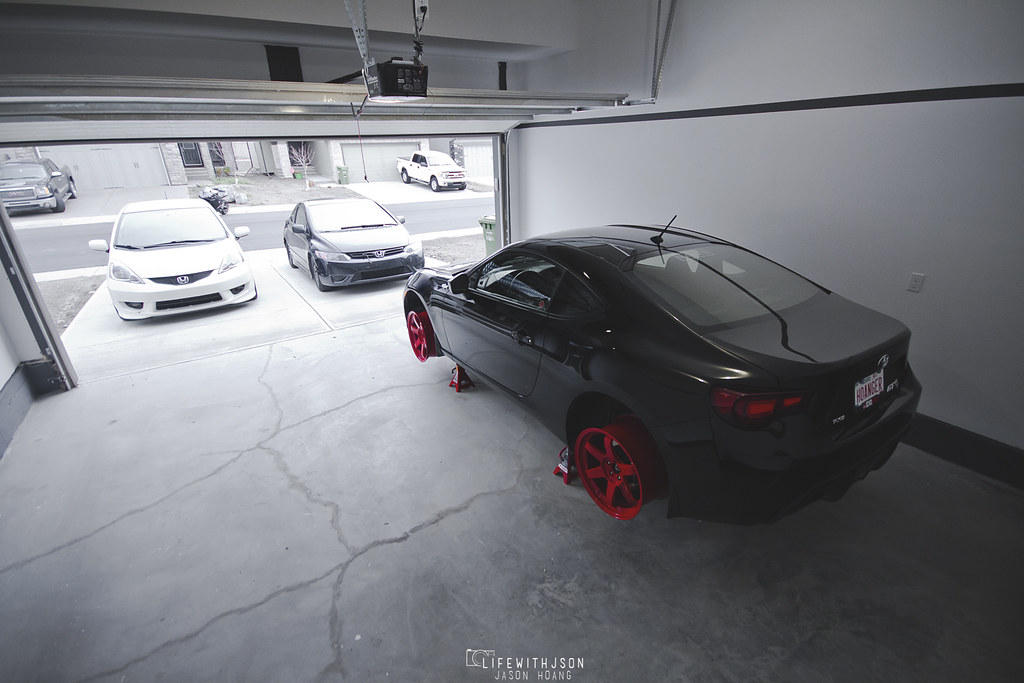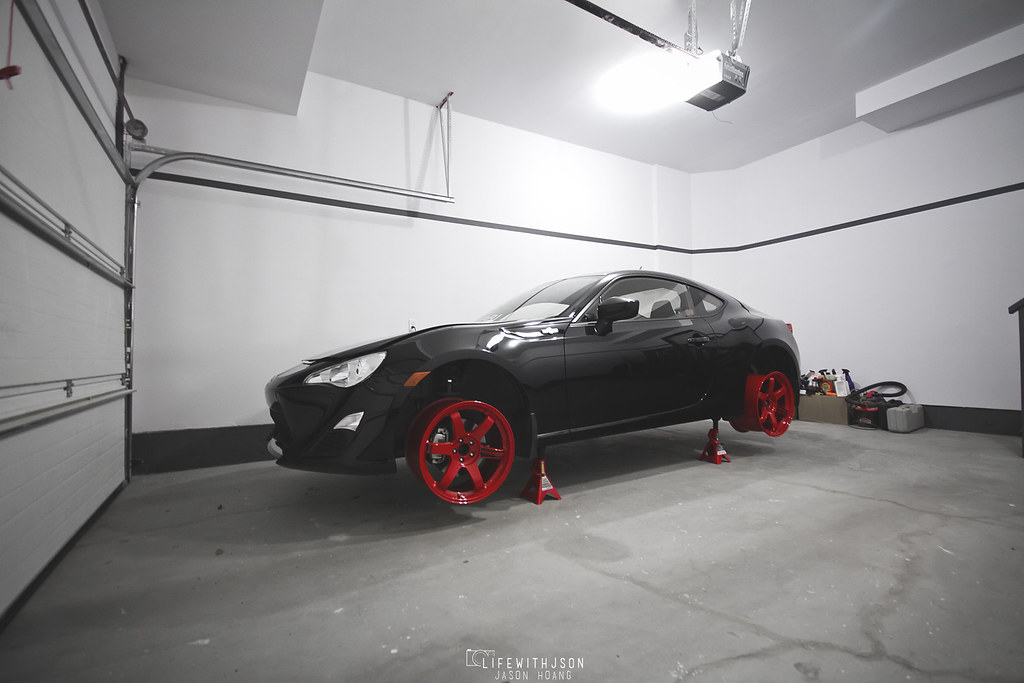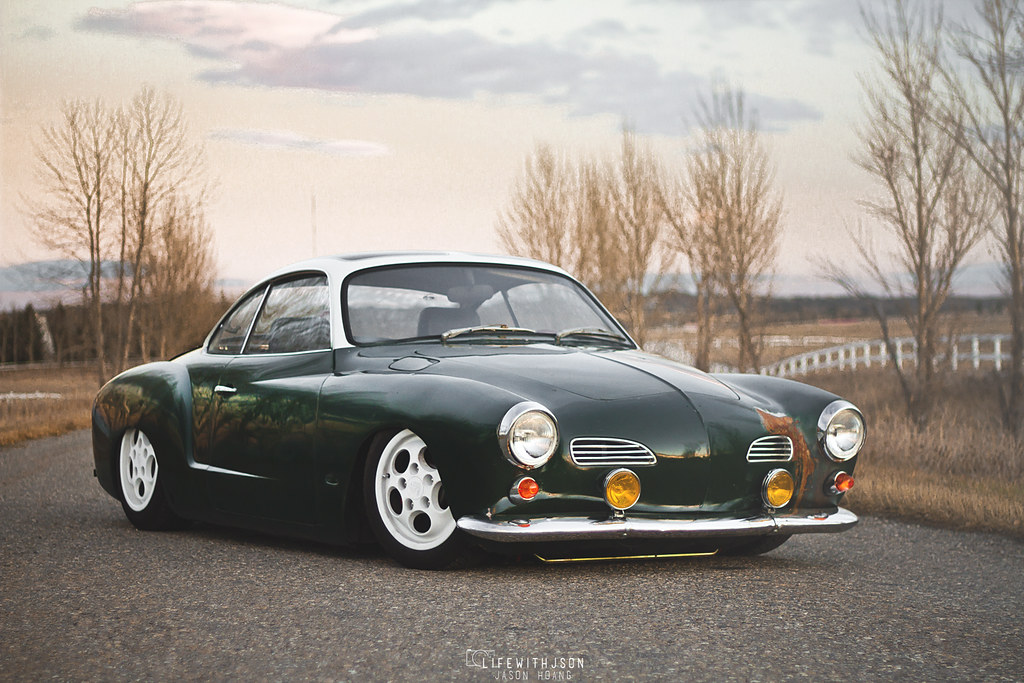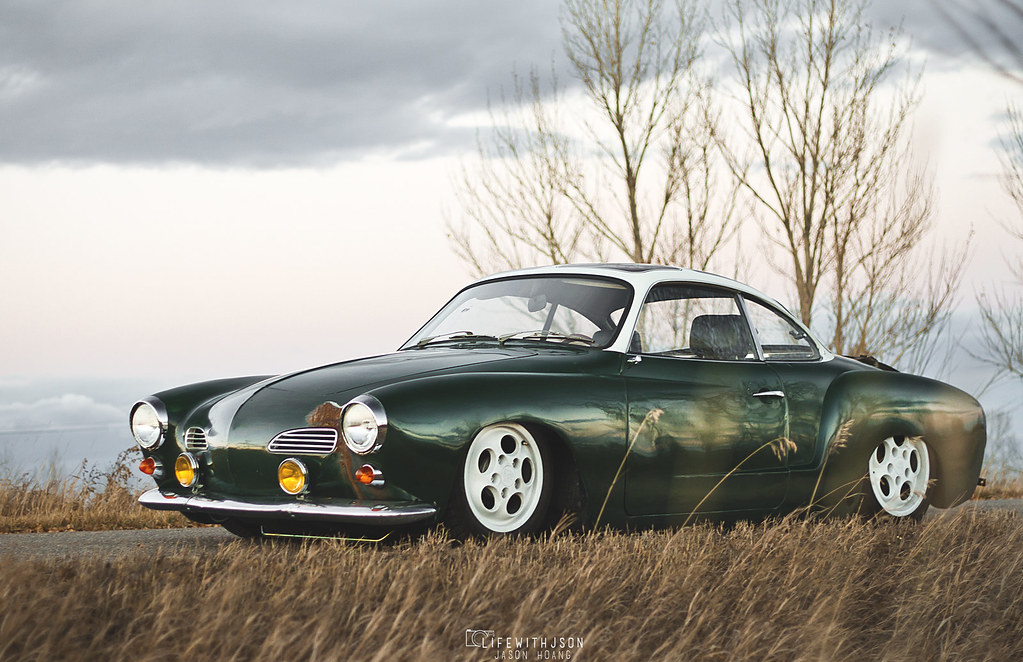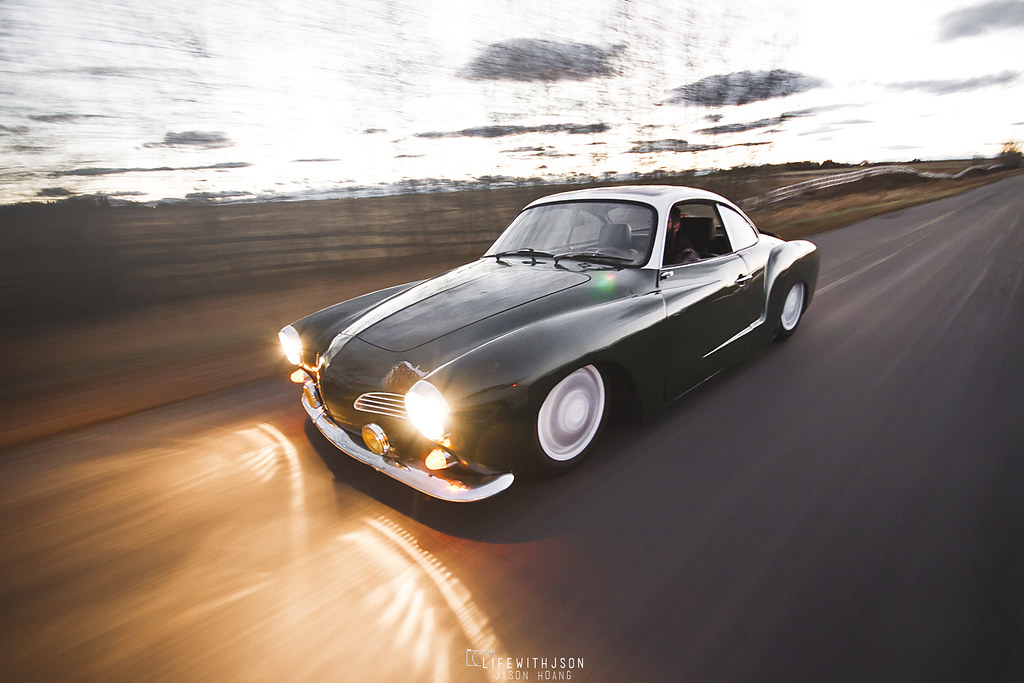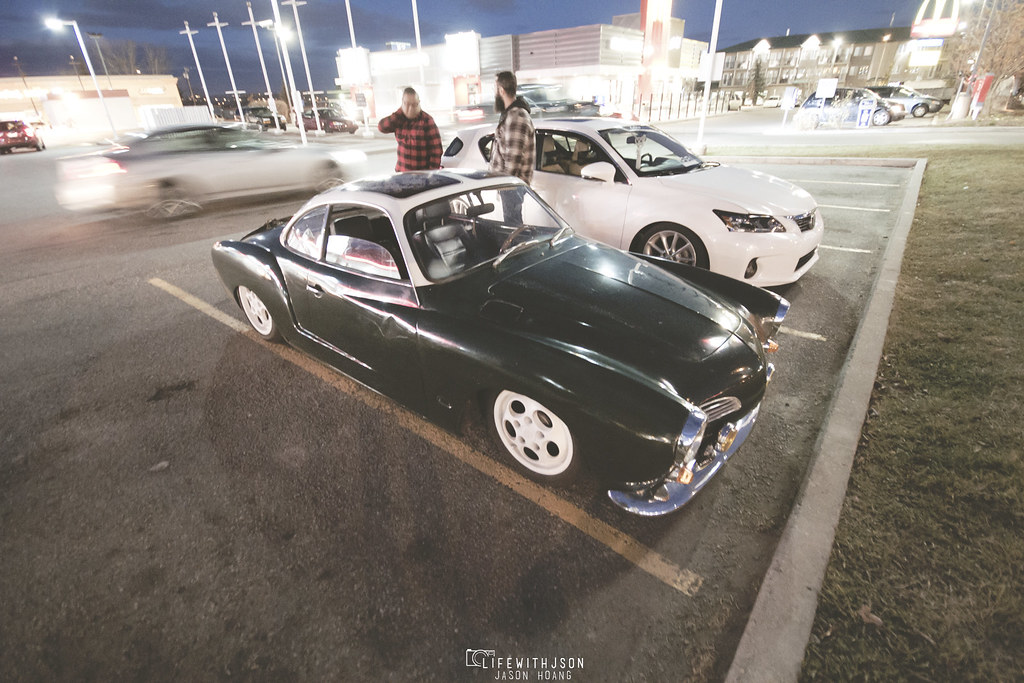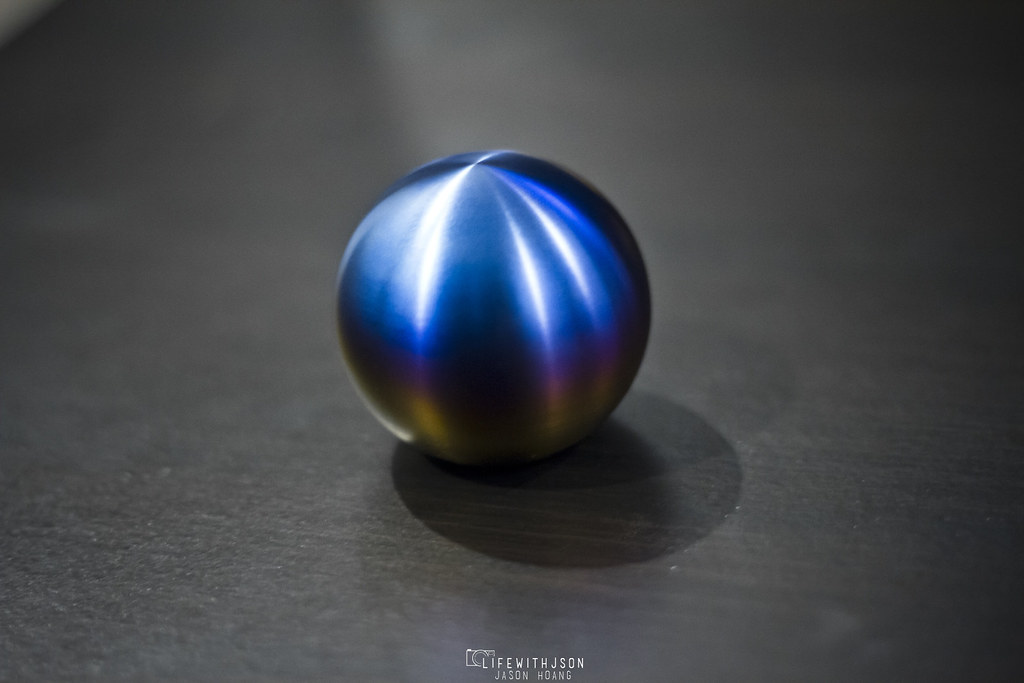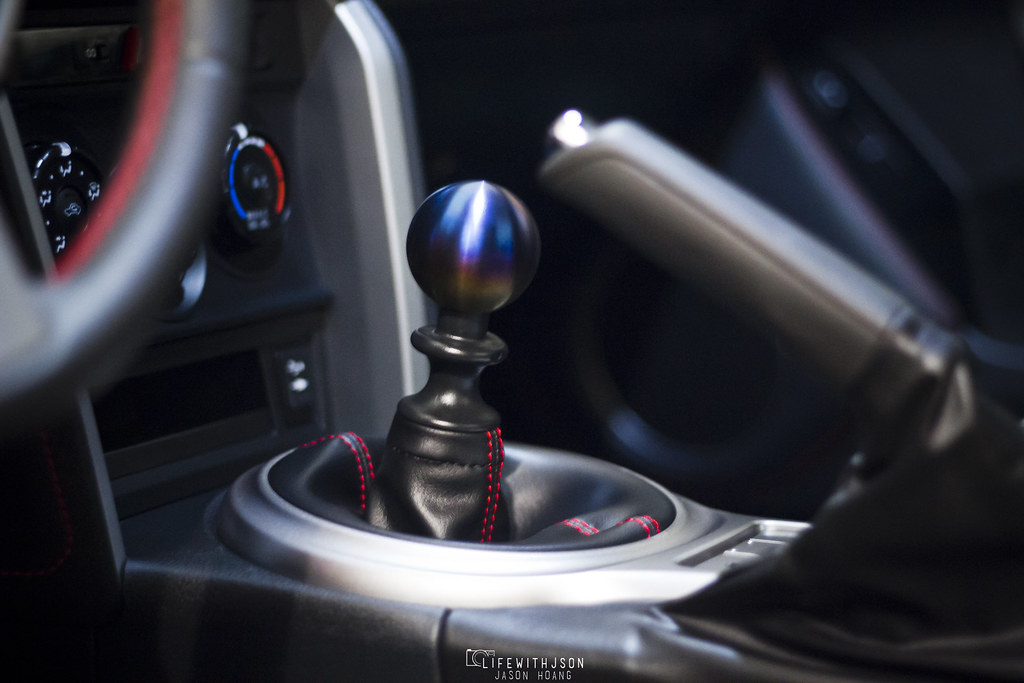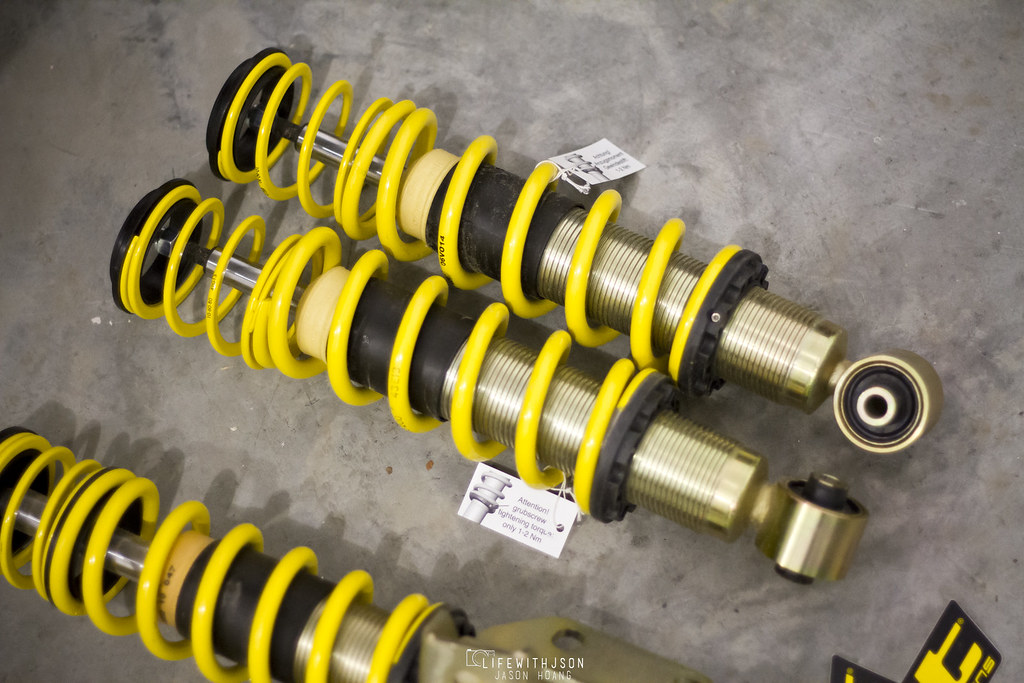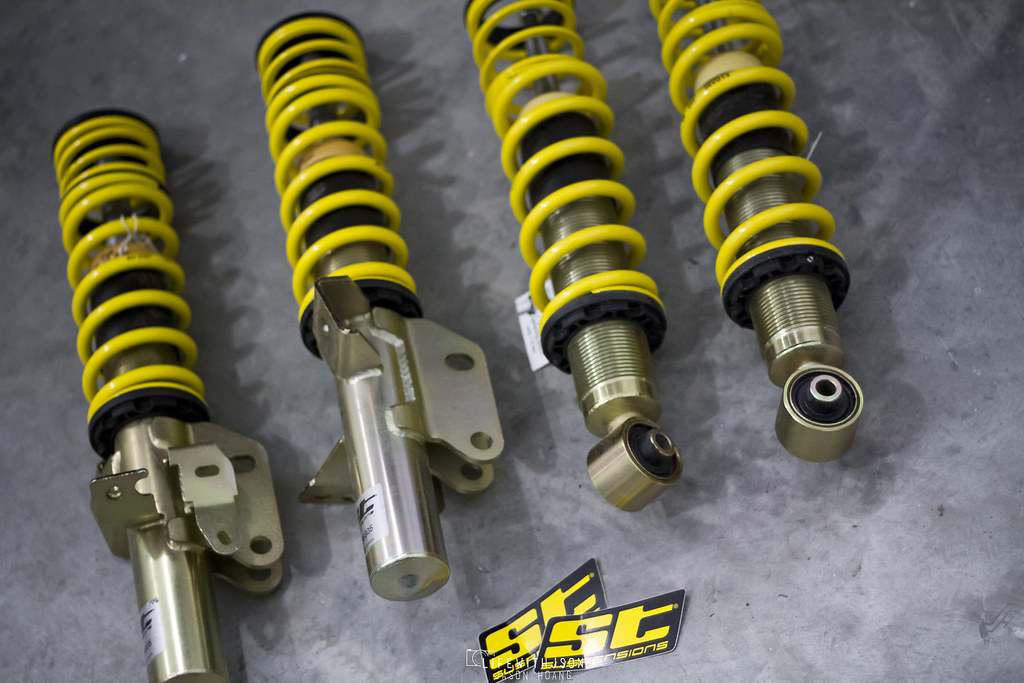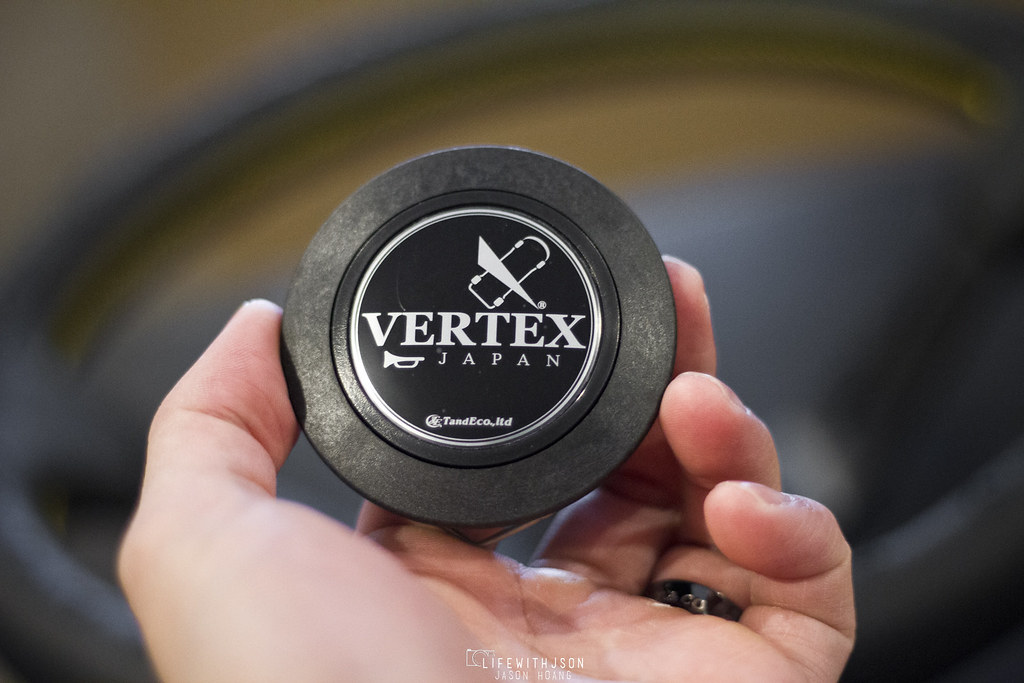Can I just take a moment to clear the air here? Since my last post (Here: Apple iPhone XS vs Google Pixel 3XL – My Unbiased Search for the Best Phone Camera), I’ve been getting a lot of feedback on my thoughts – some good and well-received comments and some hater, pointing-the-finger comments that made me out to be anti-Apple. I just want to be clear here that I’m not an Android fanboy, I’m not an Apple fanboy and I’m not Anti-Apple either – I’m a consumer and a user looking for the product that does what I need it to do (take pictures) the best. For heaven’s sake – I used to work at Apple – I don’t have an affinity for a brand, I just want the best. I know I’ve made some trigger posts on Instagram about iPhone vs Pixel shots and those did have truth behind it while I was also just trying to be funny… Diana owns an iPhone so it’s not like I don’t know the pains of having one either hahaha
Between that first post and this post, I even took the leap of faith over to the Huawei P30 Pro – the alleged “King” of cameras on any smartphone. I watched dozens of videos and read tons of comparisons and on paper and (unfortunately, paid YouTubers) the camera looked promising – even against the likes of the Pixel. To me and my mind, prior to pressing that shutter button on the P30 Pro – the Pixel was still King to me – and for me to literally spend $1300 on the P30 Pro meant that I had faith. Long story short – I got my $1300 back within an hour and it was back to the Pixel.
I know this is an iPhone vs Pixel debate but you’re probably wondering why I returned the alleged “King” so fast or why I even considered it. I considered it because 1) Leica hype. 2) ToF (Time of Flight) sensor. 3) Peer pressure from media. I’ll tell you why I returned it: 1) Leica hype is literally just that. Hype. No one on Instagram or Facebook or wherever you post your photos will be able to tell you shot your picture using Leica glass – NO ONE – let alone make your pictures any better than the rest of ours in the oh-so-unfortunate-compressed-image-quality social media world. 2) ToF sensor is still too new. It has an excellent concept but it doesn’t work so well in practice. I could see the depth change but the bokeh was still so artificial that it made me feel like someone just went crazy on the blur tool in photoshop – that is no bueno for me. 3) Peer pressure from the media sucks because you often don’t get the full truth. These guys probably didn’t even pay for their phone so they’ve got nothing to lose. As a consumer, $1300 is a lot to spend on something that doesn’t work like you want it to. It was slow at capturing images – my camera is my “tool” to take pictures of my kids doing everything. Kids move fast and if the camera can’t catch it, then it’s useless to me. That’s it.
Why don’t we get on with why we’re here again… People keep asking me “Jason, why are you such an iPhone hater?” or “Jason, come back to iPhone!”. I’m not an iPhone hater – I love the iPhone – I love the UI and I love how smooth it is. Recall my first post – the iPhone won in almost every aspect except for the camera (which is why we’re here, right?) and I would come back to iPhone – trust me – I really want to love it because I love everything else about it but the camera just ain’t it Chief. I don’t care how much a phone is – the Pixel was $800 and it’s amazing at what I want it to do. The iPhone is $2000 and it sucks at what I want it to do – but if it was amazing at what I want it to do, I’d spend $2000 on it… I’d spend $2100 on it if it makes anyone feel better. Is everyone OK now? No more hurt feelings? I said it – I love iPhone – I just don’t love the camera.
What I decided to do for this post is similar to last time… Except I’ve taken some more real world shots using situations that are more likely to happen. No staging – I didn’t ensure the lighting was good, I found household objects that maybe someone might snap a quick pic of as it were. This included low light, good light, artificial light, sun light, etc. I also left out the SLR (A7ii) comparison – it’s not needed here anymore because we’re not comparing apples to oranges, we’re comparing apples to apples.
Just some things I wanted to note while going through these pics – I took them in the exact same fashion. One phone didn’t get more attention to getting the proper pic than the other – it was aim, touch to focus, steady, shoot. Each phone got one shot at getting the photo and the reason for that is because I wanted to illustrate the importance of getting a good shot the first time. I know – people take multiple shots of everything – but I think it’s also important that your tool is able to get you a good shot most of the time. I would rather have 10 good shots that I can’t decide on rather than 1 good shot out of 10. Feel me? Let’s talk about them…
The order will always be iPhone XS first and then Pixel 3XL after. Both lenses were cleaned. HDR is on for both (for the Pixel only HDR+ is on and not HDR+ enhanced to keep things even). I also didn’t use Pixel’s night sight – that would be unfair. We’ll also start with regular photos first AKA not portrait mode.

iPhone

Pixel
Nothing too crazy here. Both phones do well in relatively well with the low light here. A little bit of noise at the bottom of the remote and then some noise reduction in it as well which explains some of the blurriness there too. Tie here.
One thing you’ll notice in a lot of the iPhone pictures is the insane amount of noise reduction going on. Pay particular attention to how sharp each picture is and you’ll see that the iPhone is extremely noisy and rather unpleasant to look at… I don’t know why…

iPhone

Pixel
Same thing here. Low sunset light coming into the room. The iPhone is a bit soft and a little darker however here is where we start to see the iPhone struggle a bit more in low light situations. Lots of softness and noise reduction going on at the bottom right near the desk edge. Not so much on the Pixel. Pixel wins here.

iPhone

Pixel
It’s interesting the difference in how HDR is used in both phones. The iPhone has a very mellow and toned down feeling and the Pixel has a little more pop. This all comes down to personal preference – I prefer the look of the Pixel only because it’s a little more vibrant and shows more detail despite it looking a little overblown in the back. I’d say it’s a tie here depending on your preference.

iPhone

Pixel
Again – a big difference in how HDR is performed in both phones. The iPhone is a little more true to life because it was a relatively dark room with some late evening sun coming through while the Pixel makes it look like it was in the afternoon. Tie here again – neither are terrible or great – just comes down to what type of HDR you like more.
Moving onto Portrait mode here. This is primarily where I base my judgements because there’s a lot to portrait mode than people think. To the regular consumer who knows nothing about bokeh or depth of field – both phones do a great job of achieving this effect. If you’re well-versed or have any experience playing with aperture and knowing the depths and value of bokeh, then these might look a little different to you. I’m no pro but I like to think that after shooting for 10+ years, you start to get a feel of how bokeh should look and that’s what I want my phone to achieve as closely as possible.
I mentioned how portrait mode works in my first post as well and I won’t go into it much but the difference between the two phones is that the iPhone is using two images (one from the telephoto lens and one from the wide-angle lens) and then uses software to merge them together to create the artificial blur (bokeh) you see in portrait mode photos. The Pixel takes one photo and then uses software to create the artificial blur (bokeh). Both need to take a guess at your subject, the foreground, the background and apply bokeh as accurately as possible to create the depth effect.

iPhone

Pixel
I think here is where you’ll start to see why I call the Pixel the King. If you look at just the iPhone photo – it’s a great photo, but when you look at the Pixel photo, you’ll see the difference. Still don’t? Look at the blue mat in both the photos – the iPhone has a distinct vertical break between where the bokeh is applied and where it isn’t. Half of the mat is focused and half of it isn’t right at the corner. You now have bokeh travelling vertically and horizontally which isn’t technically wrong but it’s not visually appealing either.
The pixel photo has more of a linear bokeh applied – trace your eyes across the photo from the start of the camera strap on the left. It’s applied just above the edge of the mat and goes right all the way across creating a more even bokeh distribution. The only miss is the black “N” where a little too much blur was applied and is a little more noticeable. The Pixel takes this one.

iPhone

Pixel
I really wanted to illustrate where the iPhone fails on portrait mode – not to shame it – but to really illustrate what turns me off so much and is the reason why (I think) merging two photos together sounds good in practice but doesn’t work well.
I don’t think I have to say much about the iPhone photo – hell, all you iPhone users have probably come across this and wondered why. No edges. The jar edge just doesn’t exist and the spout is blurred. There is bokeh applied to the front of the picture right beside the jar where it shouldn’t be. The picture is essentially incomplete. The Pixel on the other hand has it almost 100% – the small top of the spout was missed but that was it.

iPhone

Pixel
No misses here on either pic. It’s just a matter of HDR preference again. There is obviously more bokeh on the iPhone pic but I’ll leave this to personal preference again. I prefer the colour and contrast in the Pixel.

iPhone

Pixel
I’ll give iPhone another shot but the shot was missed again. No clear separation between bottle and background. Even my wrist was blurred for some reason – I often see that iPhone trips up completely whenever there’s a bottle/glass in the picture. It just gets confused on where to apply bokeh altogether and creates an overall bad pic.
The Pixel pic is still the clear winner here. I will say though that both phones will almost always fail when there is a section that needs to be blurred. Look at the spot between my thumb and bottle. It’s because the software doesn’t know that it’s the background so it doesn’t always blur. The iPhone is more apparent because it’s applying a more aggressive bokeh but the Pixel missed it too.

iPhone

Pixel
Here is another area that the iPhone struggles with – hair. It doesn’t matter the lighting either – good lighting or bad lighting – it almost always misses. The top of the hair is fuzzy but the rest of it is good overall. The Pixel captured almost every strand of hair – another reason why the Pixel wins for me. If your subject has hair, it’s getting chopped off by the iPhone…

iPhone

Pixel
Nothing too terrible here. Both are good – the iPhone missed the loop at the top but most of Peppa is in tact. The bokeh applied is fair and even. The Pixel captured all of Peppa and the bokeh applied is also fair and even. Pixel wins here despite both pictures being very good. At the end of the day, it’s the small details that count…

iPhone

Pixel
Here’s the challenge – low light portrait mode photos. You might all think that I rigged this somehow to make the iPhone photo as terrible as it could be but I really didn’t. I know I said I only took one shot with each phone but I was really wanted this to work so I took 3. Each of them similar but this one being the best because it did at least capture half the car. Not much to say about the Pixel shot when comparing to the iPhone…
The takeaway from this not that Android is better than iOS or Pixel is better than iPhone. It’s that the Pixel camera is better than the iPhone camera… Dare I say… In almost every aspect. There has not been a situation where the iPhone has done better than the Pixel in any situation that Diana or I shoot in. She admits it herself (why do you think her instagram posts are shot with my phone? ;D). In low light – the iPhone does a pretty horrendous job at taking pictures and for some reason, more so now than it ever did. I don’t even recall my iPhone 6S taking such terrible pictures – there has to be something to do with the settings that Apple is doing for noise reduction that is just messing up the whole algorithm and it’s unfortunate that it can’t be changed. Part of me thinks it’s still linked to the earlier “beauty gate” issue that they had with the over-softening and they never really went back to revisit it properly.
I’ve said it before and I’ll say it again – the day that Apple (or any other brand for that matter) comes up with a camera that can beat the Pixel King is the day I switch over. I’ve tried the S10+, the P20 Pro, the P30 Pro, the One Plus and I’ve seen them all (all of which are no better than the iPhone, if not practically the same at being bad at taking pictures). I hope that kind of clears the air and illustrates my stance on it because I know some people get offended at my posts… I’m not on a bandwagon – I’m just on the bestwagon.
























